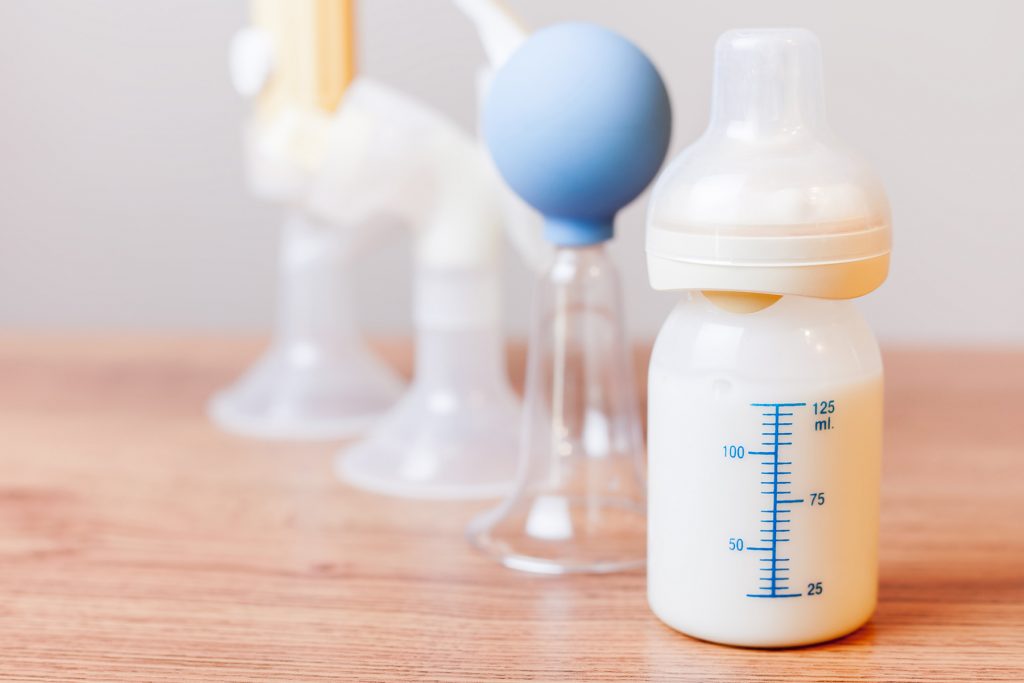
For many nursing moms, a breast pump can be a handheld motherhood miracle. This device helps moms provide breast milk to their little ones wherever they may be. And though millions of moms use different types of breast pumps all around the world, many may not know what parts make these devices actually work. Pumps For Mom is here to help new and expectant moms understand exactly what it takes to keep a breast pump working at its best. Read below to learn more about the different parts of a breast pump and how Pumps For Mom can help moms find the right breast pump for them.
Moms are probably most familiar with breast flanges or breast shields because they come in direct contact with these breast pump parts during every pumping session. Usually made of sturdy plastic, breast flanges rest directly on a mom’s breast and form the seal that uses suction to express breast milk. Unlike many other breast pump parts, breast flanges come in several different sizes. To express breast milk effectively and comfortably, moms just starting their breastfeeding journeys should be sure to find the right size for them.
All breast pumps, except for some hands-free or wearable breast pumps, come with tubing. This particular breast pump part is essential in expressing breast milk and ensures optimal suction that corresponds to the correct device setting throughout a breast pumping session. Tubing is specialized for each specific pump, and it looks different depending on if a device is a single or double electric breast pump. When used with backflow protectors, breast pump tubing prevents breast milk from flowing back into the motor.
Although this particular part of a breast pump was once a groundbreaking innovation, backflow protectors are now common in most devices available today. Backflow protectors can be separate parts or incorporated into the design of a breast pump, like with the Elvie wearable breast pump. Breast pumps with tubing often come with backflow protectors that separate the breast pump motor from the parts that come in contact with breast milk. These small but mighty components keep the device from getting damaged and ensure breast milk stays contaminant-free by only entering the parts designed for collection.
Every breast pump brand seems to use a different name for these breast pump parts, but valves and connectors keep all essential pieces together without letting contaminants into breast milk. Valves and connectors are most commonly used to connect a breast flange to the storage container and the tubing. Along with backflow protectors, valves and connectors help keep breast milk separate from parts that are exposed to outside germs or the pump motor. These may not be the most glamorous parts of a breast pump, but they keep the whole system running smoothly.
These parts of breast pumps may be self-explanatory, but there would be no breast milk without them. Breast pump storage containers can look different depending on the pump, but their role is simple—collect expressed breast milk. From BPA-free bottles to pre-sealed storage bags, breast milk storage is getting increasingly convenient. Whether designed for long-term breast milk storage or only for a pumping session, breast pump storage containers make it possible for moms to get expressed breast milk safely into the mouths of their little ones.
At Pumps For Mom, we are passionate about helping new and expectant moms learn everything they can to make the most of their breastfeeding journey. Our maternity product specialists work directly with moms to verify their insurance coverage and help them find the best breast pump for them. Explore our insurance-covered breast pumps and qualify through insurance today!